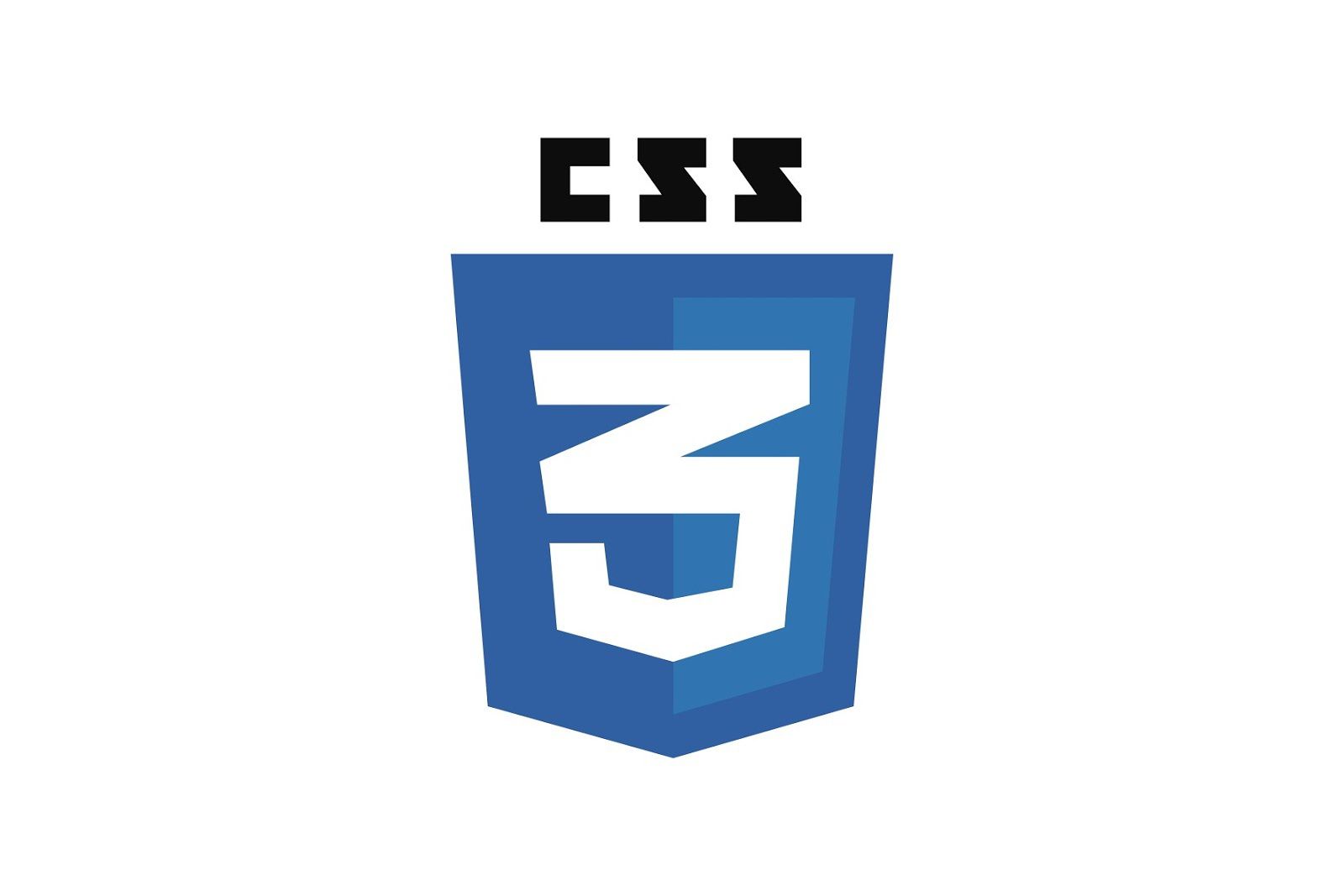Here you will learn about difference between CSS and CSS3.
Cascading style sheets have entirely shaped the way we view the web; they define the means by which we create the design, layout, and display variations on different screen sizes. Created in the early days of web publishing as an answer to the need for formatting information without using HTML tags, CSS has been constantly developing and adapting to the growing needs of the web ever since. Its most recent iteration, CSS3, offers exciting new elements – but how does it differ from the original standard? Here we will take a look at CSS vs CSS3 and explore the key factors which separate them.
An Introduction to CSS
CSS is a style language which defines a number of different elements of HTML documents’ layout, including fonts, margins, background images and page margins. It is a sophisticated solution to offering style rules for all kinds of HTML documents and their presentation online. Supported on all browsers, it is widely accepted as the best means of providing structure to text. By separating presentation of documents from the content of documents, website maintenance is made vastly easier and more efficient. CSS works independently of HTML and can be used along with any other XML-based markup language. For a deep dive into the world of CSS and how to get started, take a look over this guide and enjoy a direct insight into the various options CSS offers you.

An Introduction to CSS3
CSS3 has been under development since 2005 and is the latest standard for the CSS language. It is backwards compatible, meaning that it works with all previous versions of CSS without depreciating the code. Broadly, CSS3 has worked on removing old bugs and extending previous features, like the use of transition effects. More specifically, however, CSS3 focuses upon mobile compatibility, working to ensure that designs can adapt to different screen sizes quickly and easily. A central role of CSS3 is to prioritize and optimize page load speed, helping to create websites that are less reliant upon image files for design elements. However, some older browsers, such as Internet Explorer 9, do not support all of CSS3’s new features.
Difference between CSS and CSS3
In this table, we have drawn out the key difference between CSS and CSS3. As you will see, CSS3 has taken the properties of CSS and developed them to include new features and offer greater ease of use for designers. Importantly, CSS has come to naturally include the adopted features of the CSS2 update, which are now generally regarded as the default current features.
| CSS | CSS3 |
|---|---|
| Compatible with all current browsers. | Incompatible with older browsers, such as IE 9. |
| Image files required to design background elements, such as borders and image gradients. | Contains elements like rounded borders that can be included using just code. |
| Animation requires coding using a scripting language. | Animation features included along with text effects, such as text shadow. |
| No use of modules – overall more complex to use. | Incorporation of modules to group categories, enabling smooth updates of individual features. |
| Single text blocks predominantly supported. | Multi-column text blocks possible, improving on-page reading and design. |
These differences clearly show the direction that CSS is taking, driven by an online environment that values smooth transitions, clean design and fast load times. Looking ahead, we can only see this trend continuing. It is broadly acknowledged that HTML6 and CSS4 are in the early stages of development, but the biggest obstacle to their release and use will be lack of browser support. Until this changes, we can expect to see small alterations being made to the CSS3 framework that continues to hone and debug the language for current users.
The post Difference between CSS and CSS3 appeared first on The Crazy Programmer.
from The Crazy Programmer https://www.thecrazyprogrammer.com/2017/11/difference-css-css3.html
Comments
Post a Comment